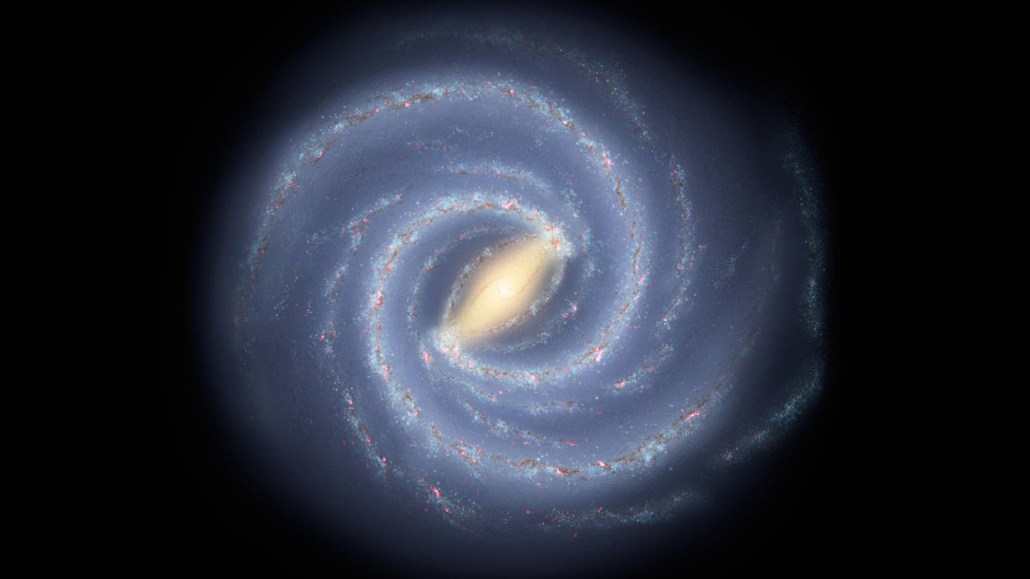
The Milky Way’s spiral arms, shown in this artist’s illustration, may have feathery bridges of gas connecting them, a new study suggests.
JPL-Caltech/NASA

The Milky Way’s spiral arms, shown in this artist’s illustration, may have feathery bridges of gas connecting them, a new study suggests.
JPL-Caltech/NASA